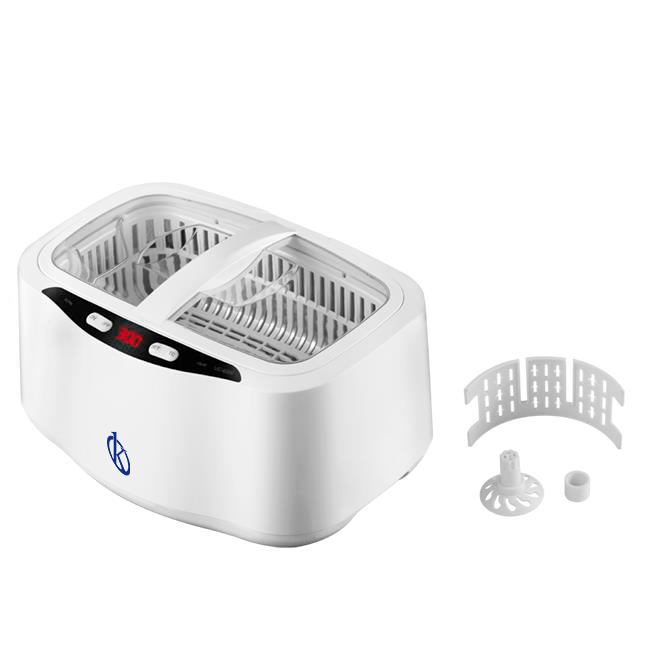In the ambition to succeed, develop and popularize new applications, ultrasonic cleaning equipment has been manifested, and incorporated into the market, with which to improve the efficiency of specific cleaning treatments aimed at the evolution of the ecological concept of washing facilities and without renouncing the efficiency of chlorinated, chlorinated and brominated solvents, through the use of hermetic machines that guarantee the maximum efficiency in their function of degreasing and the safety of the non-emission of toxic vapors to the environment.
Thanks to the incorporation of ultrasonic cleaners, for the automotive sector, ultrasonic cleaning methods automate rigorous techniques of removing oil, grease, dust and other contaminants from automotive parts, for a better finish for final delivery. The ultrasonic process ensures that hard-to-reach surfaces are clean in components such as carburetors and transmissions.
Ultrasonic Cleaner Basics
The ultrasonic cleaning technique is efficient because it sends sound waves through water in a bathroom that ignites the cleaning process. Through a lot of microscopic bubbles or often known as cavitations, they form and then collapse because of those sound waves.
This forms many small sources that move through the cleaning fluid. These act as a brush to sanitize the dirt of the object to be cleaned. In addition, this results in ultrasonic cleaning of various objects within the cleaner.
Therefore, the ultrasonic system is very useful when it comes to cleaning objects that cannot be cleaned otherwise, and it is not necessary to rub or polish these objects. This is the conductive sound wave displacement procedure, which is the basis of the basic ultrasonic cleaning technique. Also, the waves move without any blockage when transmitted to compressible environments, such as air. However, if there is fluid instead of air, sound waves will only be transmitted consistently if their force is low.
Automotive Ultrasonic Cleaners Mechanisms
Ultrasonic cleaning is the result of introducing high frequency waves in a wet bath through a series of transducers, and for ultrasonic cleaning of parts, provides high quality cleaning results, performing all previous cleaning with acids. Besides, it saves time, work and does not damage the piece. Likewise, engine and drive parts can include blocks and heads, carburetors, transmissions, crankshafts, connecting rods, springs and valves, thus determining the safest and most effective cleaning process for these critical components.
Ultrasonic energy is effective to employ high cutting and high pressure forces in liquids, powder-liquid mixtures and sludge. This makes ultrasonic systems a powerful choice against high-cut mixers, high-pressure homogenizers and pearl mills with stirring. In this sense, it provides benefits, such as treatments of total uniformity in pieces of complicated geometry and/or different materials, are deburred in micropieces, with spectacular finishes on the surface. In this way, the polishing of matrices is achieved in times of very fast processes.
Ultrasonic Cleaner Brand Kalstein
With the use of our Ultrasonic Cleaning Equipment, belonging to the YR series, and supported by the chemicals developed for them, the relative cleaning specifications are significantly improved. They are equipment tailored to the final demands of each customer, and at Kalstein we are manufacturers of the best hygienization systems of any industrial part, with adjustable temperature between 20~80 minutes, time, shown and digitally controlled with LED and oscillating between 0~30 minutes to meet various cleaning needs. In addition, the cleaning process is safe and reliable, without the need for manual intervention and free of damage to the workpiece surface, using less solvent, thermal energy, space occupation and labor.
To learn more about our catalog, visit HERE
We are manufacturers and we have the best advice, so that your purchase is the ideal and at excellent prices. For more information, visit our website at HERE

